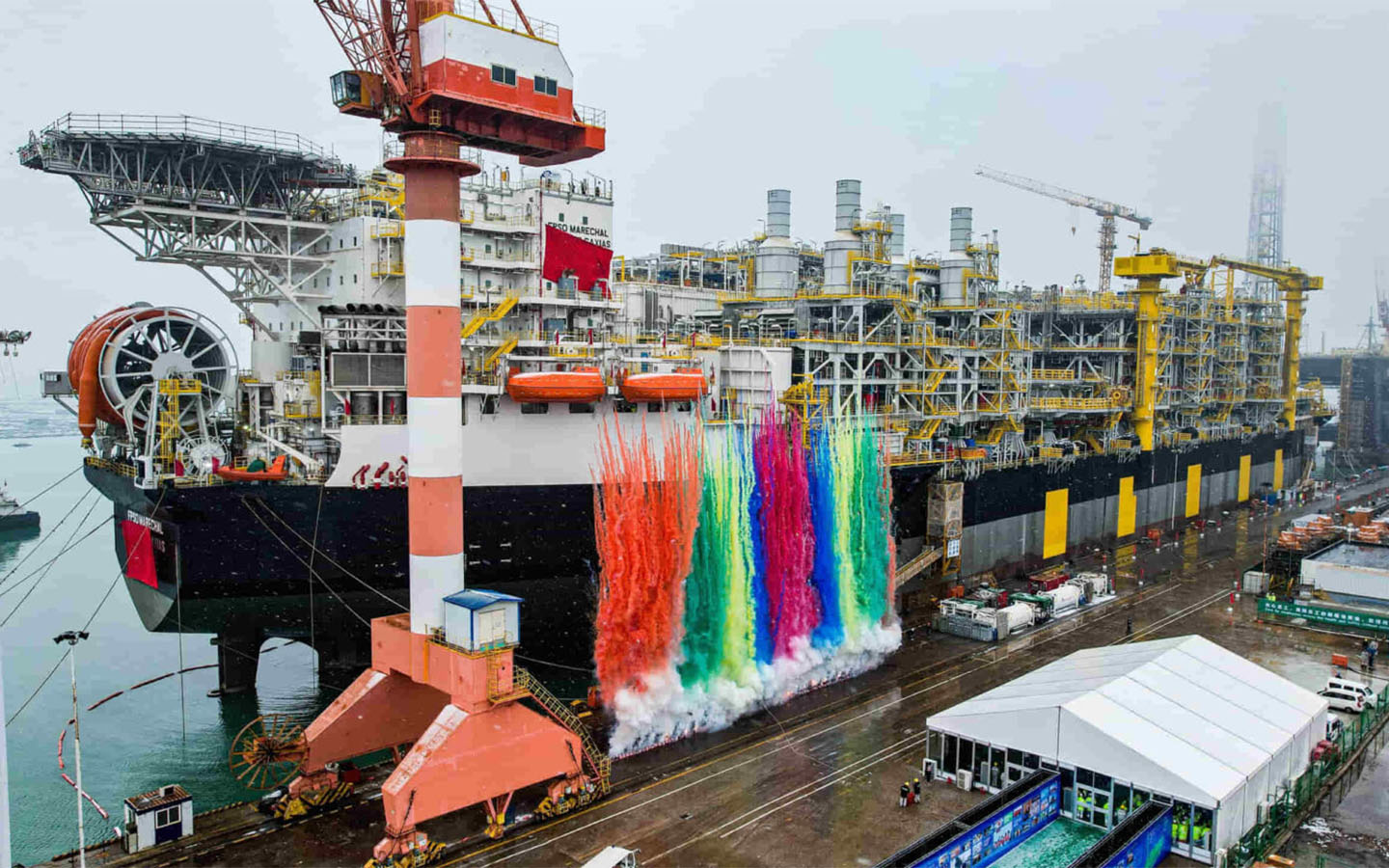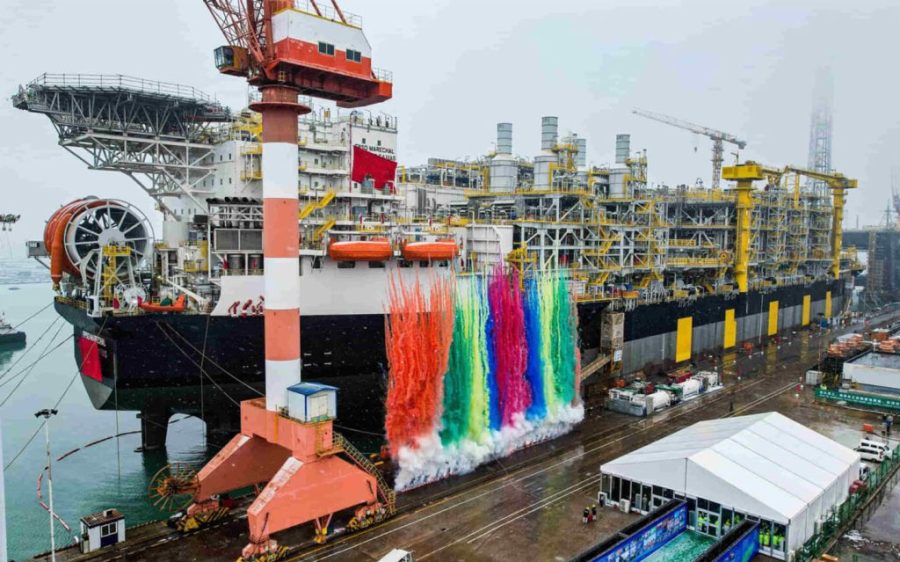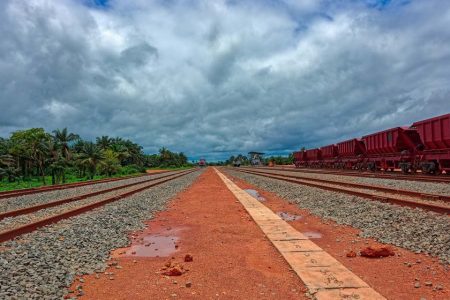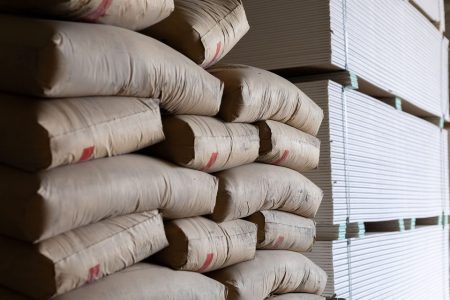Brazilian oil giant Petrobras has announced that the Marechal Duque de Caxias, its third Mero floating production storage and offloading unit (FPSO), has begun the long journey from the manufacturer in Yintai, China, to the coastal Santos Basin in Brazil.
Mero 3, as it is known colloquially, will go into operation in September and has the capacity to produce 180,000 barrels of oil and compress 12 million cubic metres of gas per day. It will increase the overall production of the Mero Field to 590,000 barrels of oil per day. According to Petrobras, a fourth unit is set to go into operation there in 2025.
Petrobras holds the largest stake (38.6 percent) in the Libra consortium, which operates the Mero Field, with the remaining stakes held by British subsidiary Shell Brazil (19.3 percent), French multinational TotalEnergies (19.3 percent), Chinese state-owned CNOOC and CNPC (9.65 percent each), and Brazilian state-owned PPSA (3.5 percent).
[See more: Petrobras welcomes new offshore oil platform to Brazil’s Mero field]
Mero is part of a growing trend in the petroleum industry of ultra-deep-water oil field development, with each well extending at least 6,000 metres to pass through the deep water, post-salt sediments and salt layers before reaching the pre-salt oil. It is the third largest field by volume in Brazil, behind only Tupi and Búzios, two other ultra-deep-water pre-salt oil fields in the Santos Basin.
The newest Mero FPSO includes the interconnection of 15 wells to the unit, eight oil producers, and seven water and gas injectors, using an underwater infrastructure consisting of 80 kilometres of rigid production and injection pipelines, 47 kilometres of flexible service pipelines and 44 kilometres of control umbilicals.
The Libra consortium also intends to carry out a pilot test of the HISEP (high pressure separation) technology in Mero 3, which allows for subsea separation and reinjection of a large part of the carbon dioxide produced along with the oil. This technology, patented by Petrobras, is designed to increase oil production while also reducing greenhouse gas emissions.






